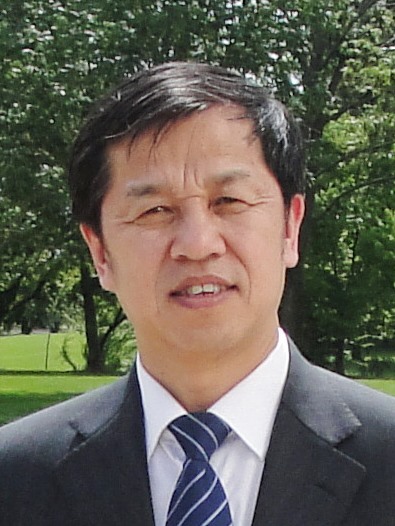Special Lecture
[Special Lecture]
at K101 room in East Building No.3
13:50~14:50 on Dec.16, Sat.
Culture-specific Face in Chinese
Zhang Shaojie (Northeast Normal University)
Abstract:
 Face, like politeness, is a universal phenomenon, but it is culture-specific to a greater extent across cultures. Face and politeness are two distinctive notions in Chinese in contrast to those in English cultures where face is taken as a communicative goal and politeness as a general strategy for achieving that goal when face encounters threat in interaction. This study focuses on the culture-specific aspects of face realized by mianzi and lian in Chinese supported by a corpus-based data. The findings reveal five aspects. First, face represents a system of value constructs with mianzi being more associated with public self-image as the most salient value, and lian being more associated with morality as the most dominant value. Second, face is represented at the individual, relational and collective levels with mianzi representing more socio-cultural face and lian representing more individual face. Third, face claim is a matter of value judgment or evaluation, with mianzi being more positively evaluated and lian more negatively evaluated. Fourth, face representation tends to be involved in self-other interaction with mianzi being more other-related in a social sense and lian being more self-oriented in a personal sense. Lastly, face operates as a whole with mianzi and lian coexisting and interdepending in social interaction, but there is a large proportion of overlap between the value constructs of mianzi and lian which interact with one another to determine face maintenance, face gain, face loss, or even face hurt and damage in Chinese culture.
Face, like politeness, is a universal phenomenon, but it is culture-specific to a greater extent across cultures. Face and politeness are two distinctive notions in Chinese in contrast to those in English cultures where face is taken as a communicative goal and politeness as a general strategy for achieving that goal when face encounters threat in interaction. This study focuses on the culture-specific aspects of face realized by mianzi and lian in Chinese supported by a corpus-based data. The findings reveal five aspects. First, face represents a system of value constructs with mianzi being more associated with public self-image as the most salient value, and lian being more associated with morality as the most dominant value. Second, face is represented at the individual, relational and collective levels with mianzi representing more socio-cultural face and lian representing more individual face. Third, face claim is a matter of value judgment or evaluation, with mianzi being more positively evaluated and lian more negatively evaluated. Fourth, face representation tends to be involved in self-other interaction with mianzi being more other-related in a social sense and lian being more self-oriented in a personal sense. Lastly, face operates as a whole with mianzi and lian coexisting and interdepending in social interaction, but there is a large proportion of overlap between the value constructs of mianzi and lian which interact with one another to determine face maintenance, face gain, face loss, or even face hurt and damage in Chinese culture.
Key words: face; mianzi; lian; culture-specificity; Chinese
